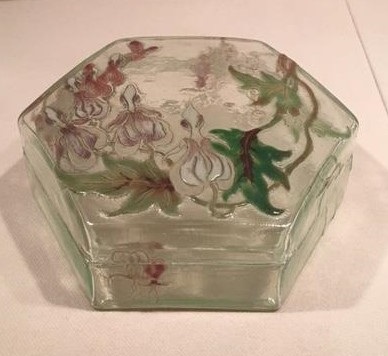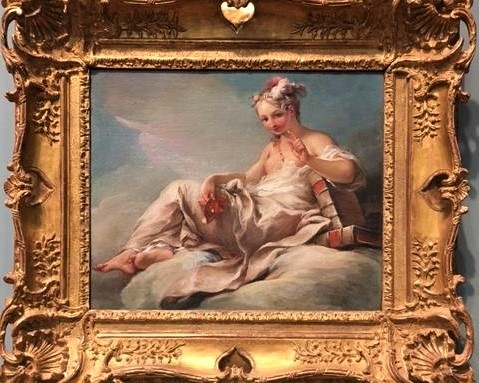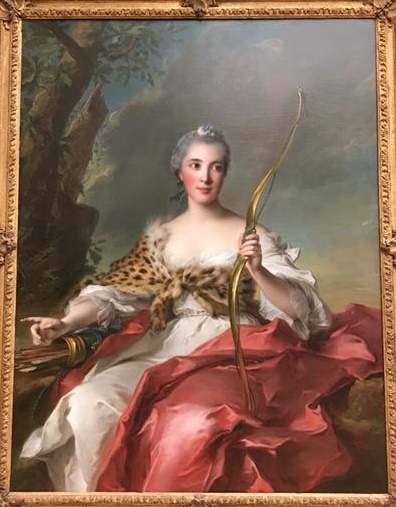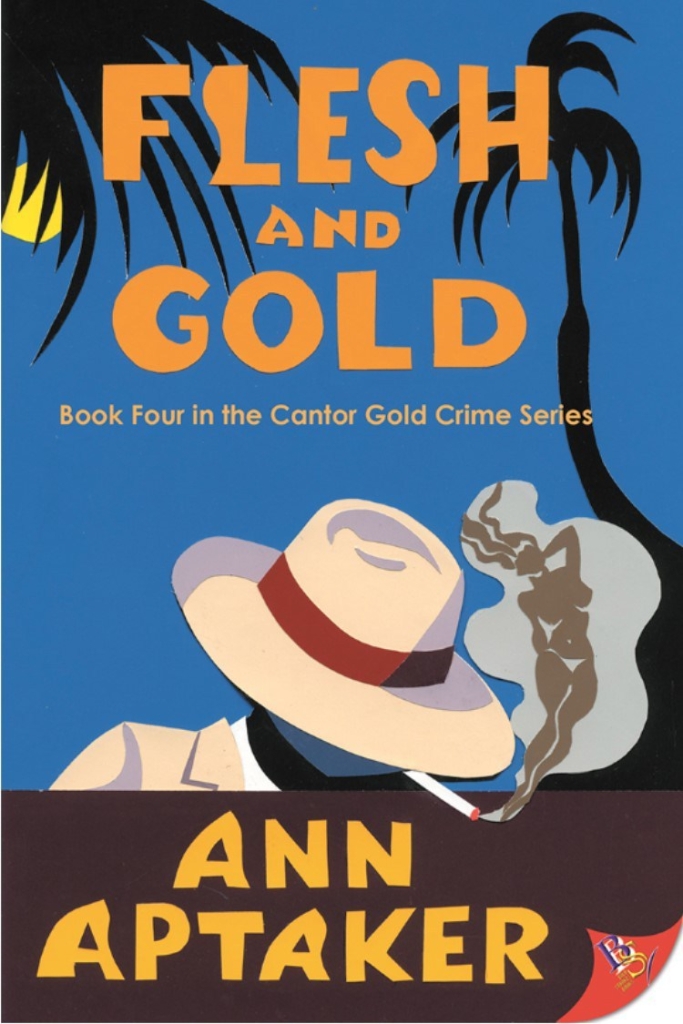One of the (many) wonderful things about being an author living in New York is taking a lazy, escapist day at a museum and calling it research. And so it was, on a recent hot, sticky Saturday, hanging around my apartment, even in the cool glory of air conditioning, became a rare exercise in boredom. Even the writing muse was off her stride. “Nope,” she said, “not today, I’m taking an afternoon vacay, so fuggedaboutit.” In other words, get the hell outta the house.
Always at the mercy of my muse, who bosses me around without pity, I got the hell outta the house.
Across the green beauty of Central Park I went, maneuvering my way through families tossing balls, tossing frisbees, tossing children, arriving at the Metropolitan Museum of Art, the city’s encyclopedic palace of the world’s art and culture. Truth be told, I go there often when I need to recharge my batteries or spirits, and yes, for research. As an adjunct professor of Art History, my job depends on maintaining a depth of art historical knowledge. More important to my muse, though, all that artwork on the Met’s walls and in display cases is catnip to Cantor Gold, the art thieving and smuggling protagonist of my Cantor Gold crime series. So yeah, sure, research. That’s why I abandoned my laptop to mosey around the museum. Uh-huh.
Once inside, where to mosey? The place is gigantic, impossible to see all its collections in a single day. My wanderings were ultimately decided by a wonderful recent event in my life, reconnecting via Facebook with a French friend from my college days. My mind has since been filled with all things French, particularly Paris, my friend’s hometown, where I visited her years ago and where she still lives. So I let the Met take me to Paris.
First stop, pre-Revolutionary Paris, where they really knew how to slather on the luxe. Today’s One-Percenters have nothing on the Baroque and Rococo French upper classes when it comes to excess, and those old hoarders of wealth even had better craftspeople.

Bedroom; various artisans, c. 1700
I mean, get a load of this bedroom! Hand woven silk and wool tapestried wall, a pair of candelabra of gilt bronze with rock crystal shades, silk and wool embroidered bed hangings and spread, carved and gilded wood and plaster balustrade. They sure didn’t pick that stuff up at Target.

Corner Louis XV Room; Jean-François Roumier, designer (attributed) 1788-1793
Continuing from the bedroom I passed through the Louis XV Room, which dazzled with so much gold the Met should post a sunglasses requirement. The portrait on the wall is of Louis as a child. Turns out he wasn’t much of a king when he grew up. He had a lot of nice stuff, though, like the pair of Sèvres porcelain vases on the table. It occurred to me that Cantor might have a client who—
Uhh, moving on.
After meandering through several other Baroque and Rococo rooms, my eyes started to glaze over, but I wasn’t ready to leave Paris (is anyone ever ready to leave Paris?), so I headed to the Decorative Arts galleries, where a couple of nineteenth century pieces won my heart…

Glass Box with Lid; Emile Gallé (1846-1904), Designer, Établissements Gallé, Manufacturer, ca. 1880, width 6 ¾ inches, height 2 ¾ inches
…like this little charmer of a glass box by Gallé from 1880, early in the fin de siècle, when the steep hills and cheap rents of working class Montmartre attracted writers, musicians, and artists such as Toulouse Lautrec, Van Gogh, Bernard, and by the end of the century Pablo Picasso. Montmartre was also home to ragged cafés, dance halls, and brothels, where Montmartre’s denizens danced, argued art, and…uh…entertained themselves. I doubt anyone in Montmartre could afford this elegant little box, but to me, Gallé’s creation embodies all the creativity and zest for life going on in Paris at the time, much of it inspired in Montmartre: elegant in form, sensual in design.

Square Vase; Ernest Chaplet, (1835-1909), Porcelain, 1889, 15 3/8 inches height × 7 ¾ inches × 7 ¾ inches at widest
But this vase…oh this vase! My heart skipped several beats! Absolutely timeless design. Sleek and fabulous, yes? Deep, deep red you want to lick right off the surface.
It was just about now that my muse began to re-think her vacay. She was giving Cantor ideas. Yeah, those ideas. The guard started to look at me funny when it was clear I was no longer admiring the vase but examining the construction of the display case. Hey, it’s research!
I seem to have worn out my welcome in the Decorative Arts galleries. Moving along now…
…to French painting.

Study for Comedy; Pierre Charles Trémolièrs (1703-1739), oil on canvas, ca. 1736, 18 ¾ inches x 23 ½ inches
Well, ooh-la-la! Yummy early Rococo eye candy. I’m sure I was thinking utterly politically incorrect thoughts, but, hey, wouldn’t you? I mean, she’s luscious and racy, which is what the French Rococo was all about. Don’t believe me? Check out Fragonard’s “The Swing,” really look at what’s going on in the scene—or look up the art historical descriptions—and then get back to me about the purity of your thoughts. Riiiiight…

Madame de Maison-Rouge as Diana; Jean Marc Nattier (1685-1766), oil on canvas, 1756,
53 ¾ inches x 41 3/8 inches
I’m a sucker for strong women, and this near life-size portrait of Madame de Maison-Rouge posing as Diana the Huntress pushed all my Lesbian buttons. Now, I could tell you all about the strength of the composition, the artist’s sensitivity to light and shadow, his understanding of color theory, his expertise in depicting textures, his talent for altering perspective, his skill in modeling the woman’s face, and on and on. But what really held my eyes was that tiger fur wrap. Yeah. The. Wrap. The way it’s tied just below the bodice. Hey, whaddya want? It’s French Rococo, f’cryin’ out loud. Cantor has clients who swear they have refined tastes who are crazy for the French Rococo. As a matter of fact, one of them is trying to get in touch, or so my muse, rousing from her holiday, is whispering to me.

Figures on the Beach; Pierre-Auguste Renoir (1841-1919), oil on canvas, 1890,
20 ¾ inches x 25 ¼ inches
Well, even Parisiennes have to get out of town from time to time, hit the beach, and by the late fin de siècle, with the Industrial Revolution triumphant and railroads now moving in and out of Paris daily, folks were able to get out of town a lot. Like these two young ladies…and just what’s going on here, my muse wants to know? What are they up to? And that dame with her hand on her hip looks like she ain’t gonna take “non” for an answer.
Leave it to Renoir, and all the French Impressionists, to capture the seductive, naughty, and pure lusciousness of life.
And such was my Saturday afternoon at the Metropolitan Museum of Art, luscious. My boredom dissolved, my muse roused and speculating which of the Met’s many treasures Cantor Gold may want to “acquire,” or may have already acquired (heh heh), which is why you and I and thousands of others have the privilege of standing before them on these walls.
Yeah, research. C’est la vie.








